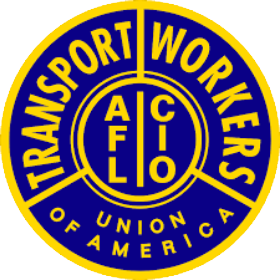Unionization in NYS Ranks First
September 2, 2011
By Neal Tepel
September 2, 2011 – Today, researchers from the City University of New York issued a new study of unionization trends in New York City and State. Entitled THE STATE OF THE UNIONS 2011, the report highlights the continuing strength of organized labor in New York – especially in the public sector – despite the many challenges unions face in the context of the anemic economic recovery.
Second in an annual series, the study looks in particular detail at variations in unionization rates among immigrants and by industry in the City and State.
New York City has higher union density – 23 percent of the workforce in 2010-11 – than any other major U.S. city, and New York State – at 24 percent – ranks first among the 50 states. In both the City and State density is more than double the national level. And over the past decade, erosion of union membership has been far more limited in New York than nationally.
The study analyzes the demographics of union membership and its distribution across industries in detail. Key findings include:
· In New York, the ratio of public-to-private sector union membership is at a record high. However, private-sector unionism in New York is twice the national average.
· Unionized employees are older, better paid, and more educated than their non-union counterparts in New York as well as nationally.
· A majority of New York City’s union members are female, reflecting high union density in the education and health care fields, which employ women in higher numbers than men.
· New York City differs from the nation in that non-college educated, blue-collar workers are highly unionized in industries like construction, telecommunications, building services, hotels, urban transit, and home health care.
· Women, African Americans, and workers born in Puerto Rico are overrepresented in the highly unionized public sector, and thus have higher unionization rates than other groups.
· Although recent immigrants have low unionization rates, those who arrived in the U.S. before 1990 have unionization rates as high, or higher than U.S.-born workers.
· In New York, immigrants from Haiti, Jamaica, the Philippines, African nations, and Italy have especially high unionization rates – at least 5 percentage points higher than U.S.-born workers.



